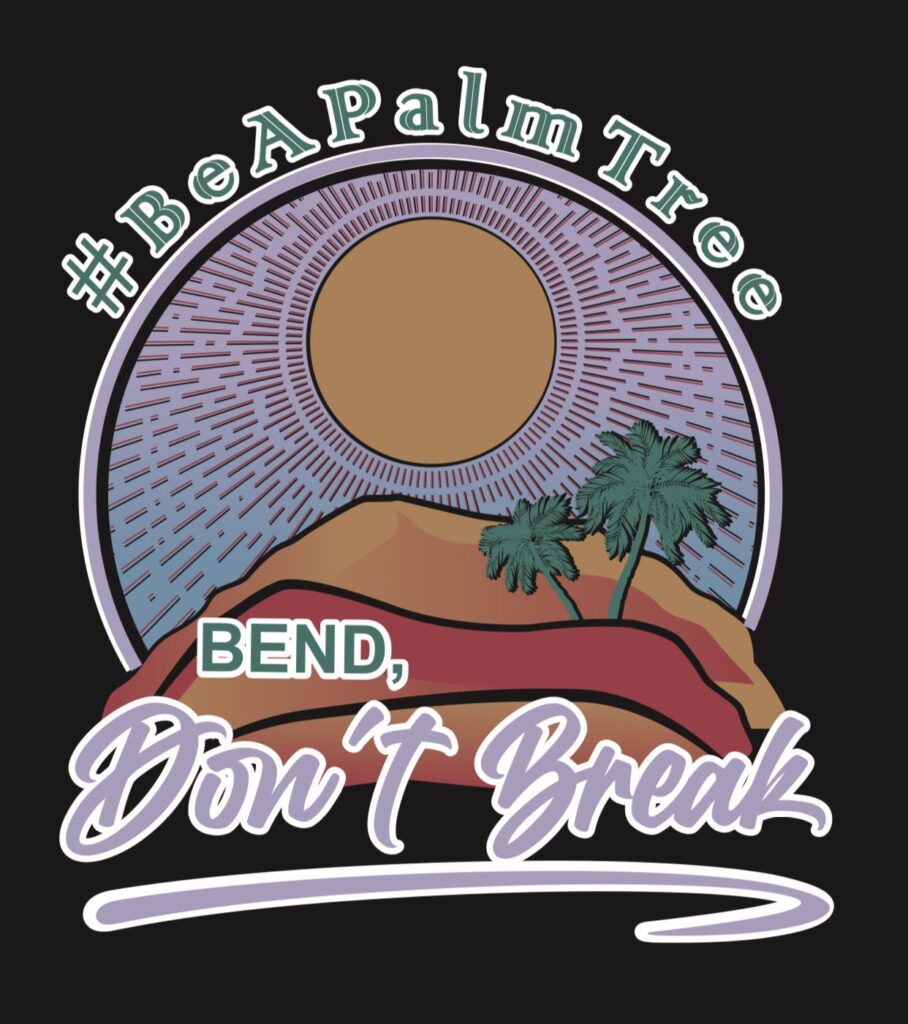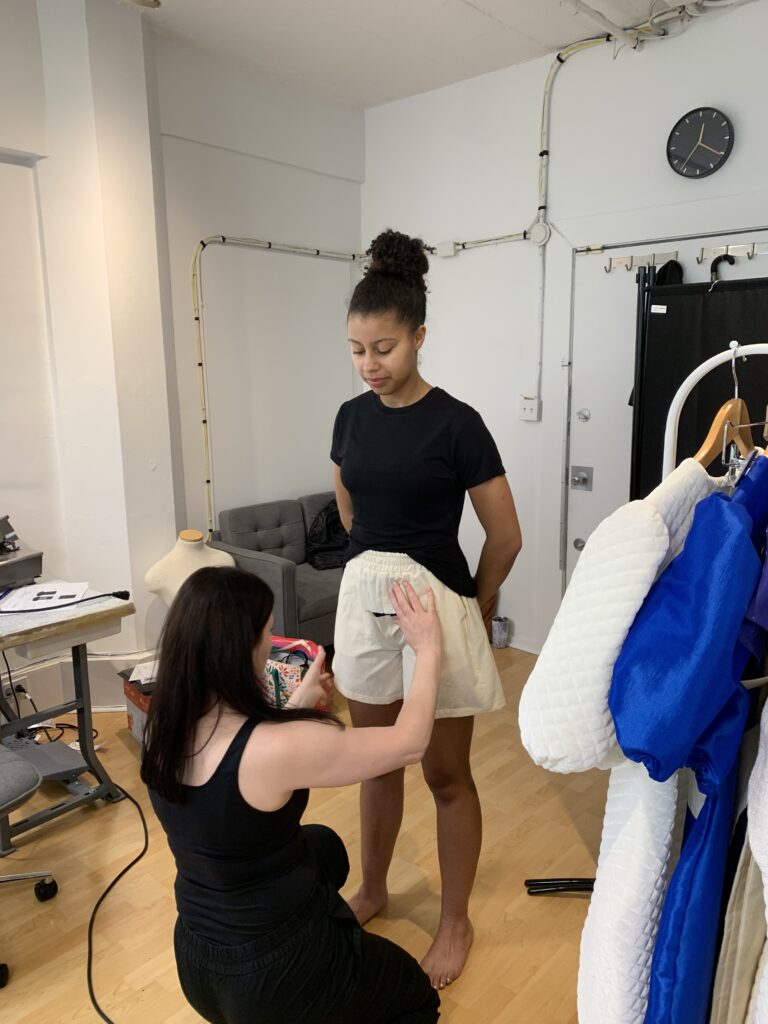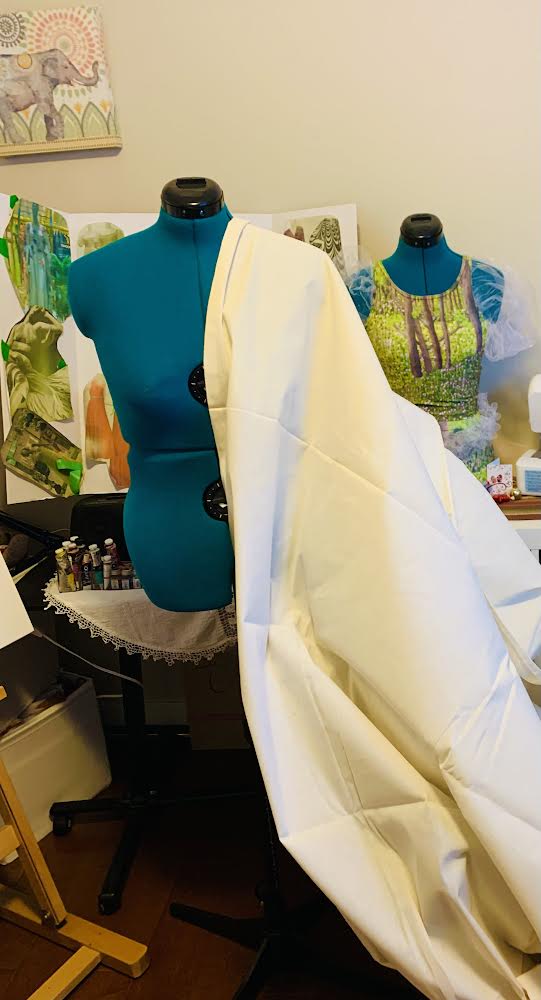
Following the debut of my collection at Vancouver Fashion Week last October, I felt a buzz in the air. A world of new possibilities had opened up and the roaring applause affirmed what I always knew: I was meant to do this.
Even in the face of adversity and doubt, I was able to overcome resistance to create a successful fashion show I’m so proud of. It was such a big moment for me as a fashion designer, but like any long-anticipated event, it had to end.
As I rode home—still feeling the thrill of unveiling my slow-fashion garments to a crowded room—I knew I’d have to take this momentum and put it to work back home. Using the encouragement from seeing my work featured in Vogue Mexico, Vogue Korea, and Style Canada, I quickly refocused on my next tasks at hand.
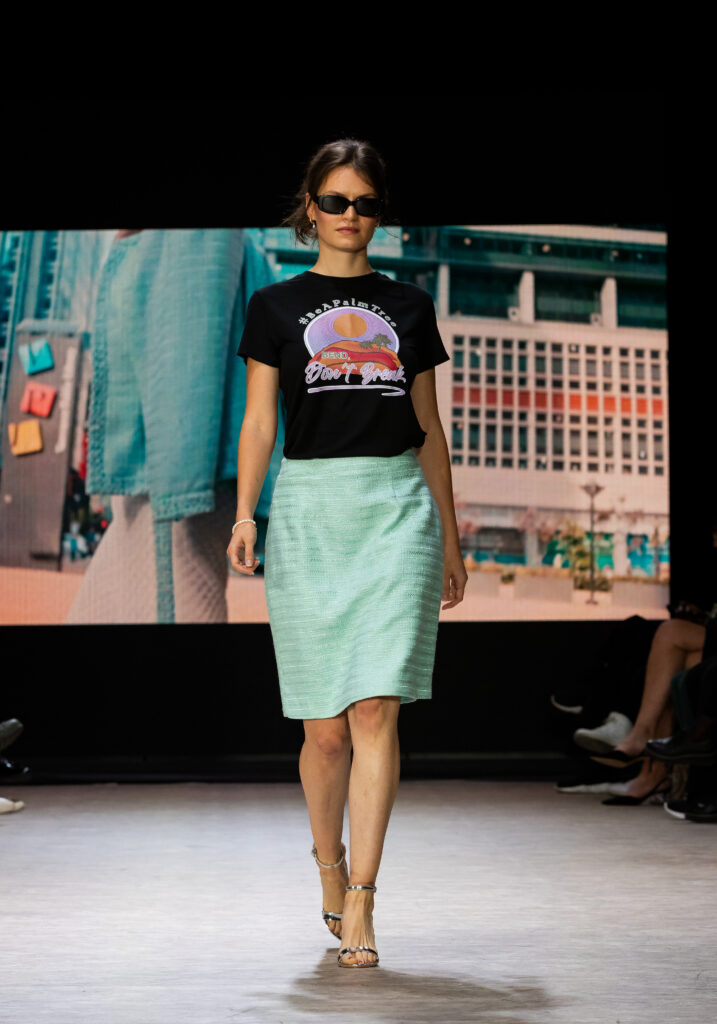
Unlike Project Runway, the fashion show is not the end of a designer’s work; it’s only the beginning of what needs to be done to create a fashion line. This is especially true for brands that pursue slow, sustainable fashion.
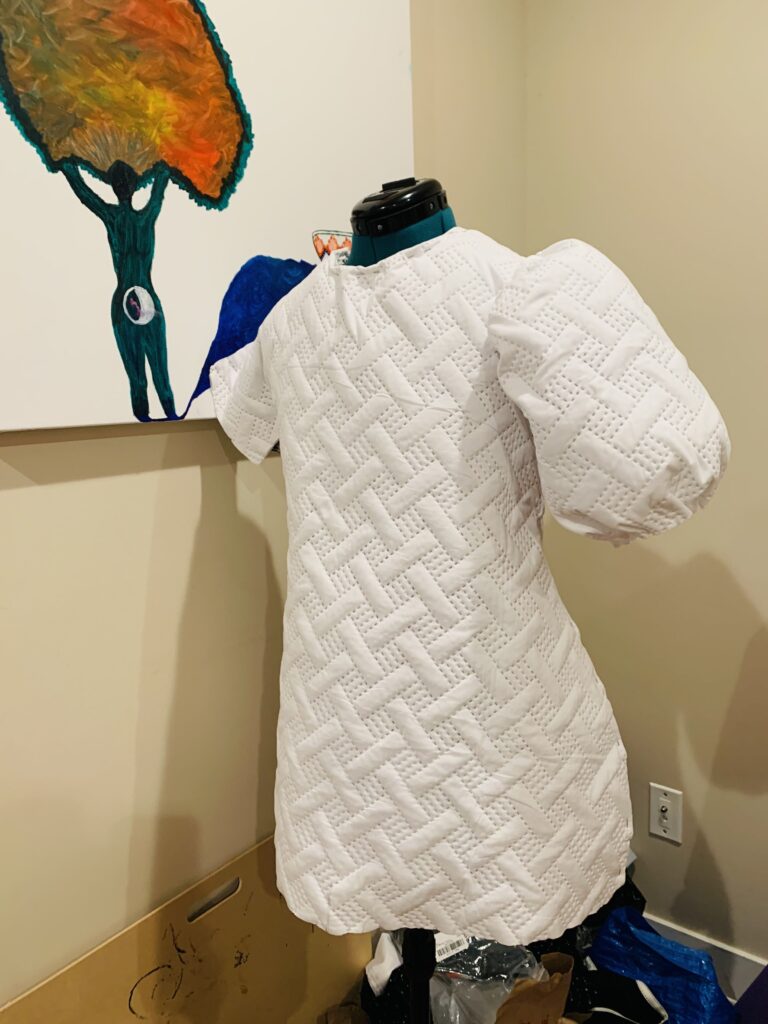
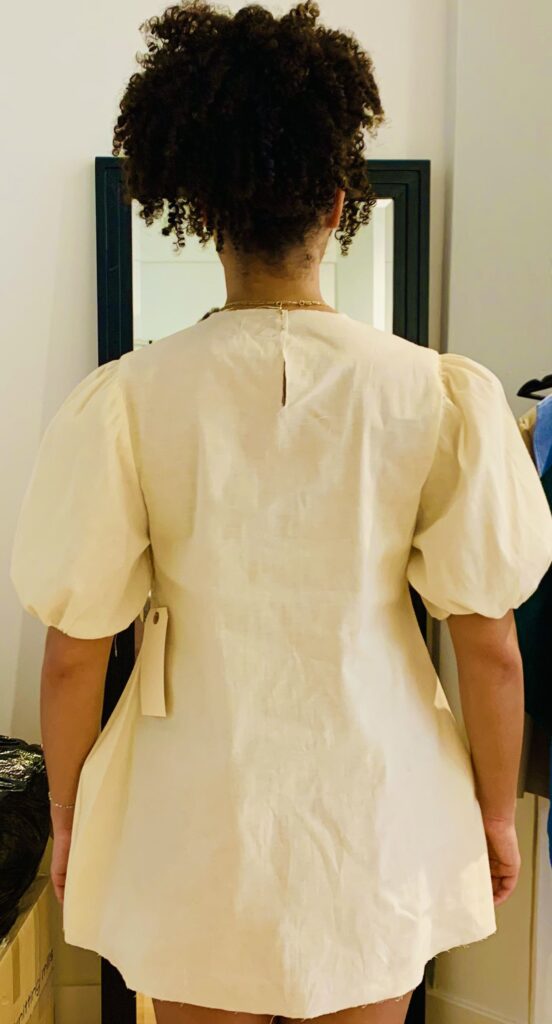
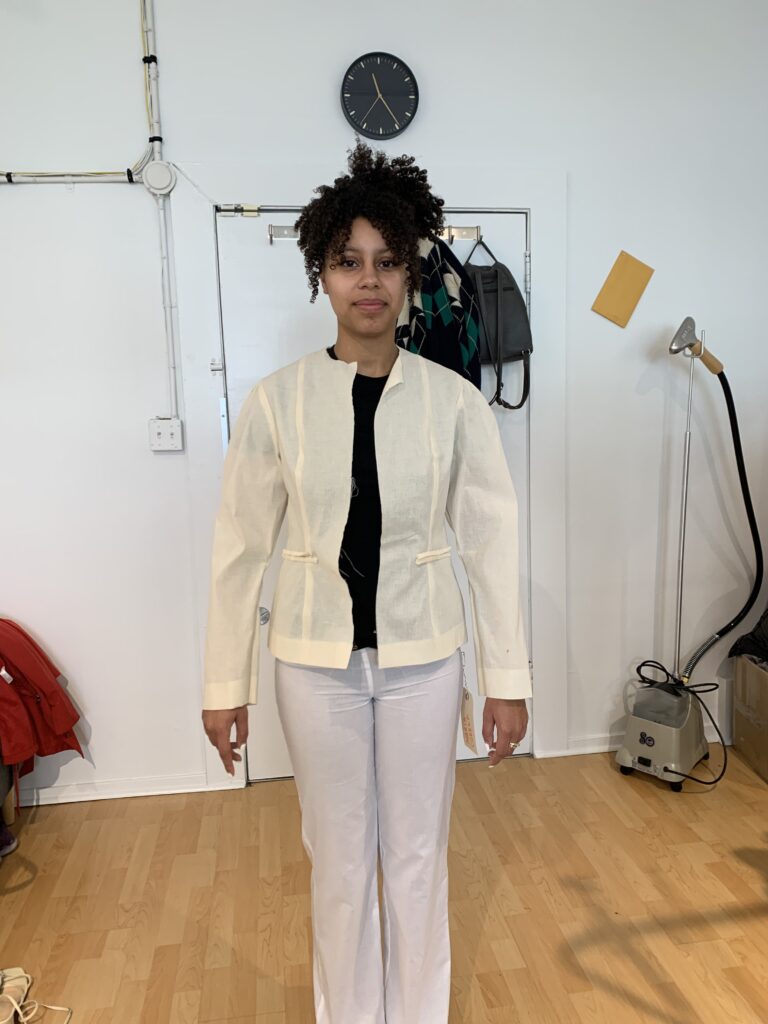
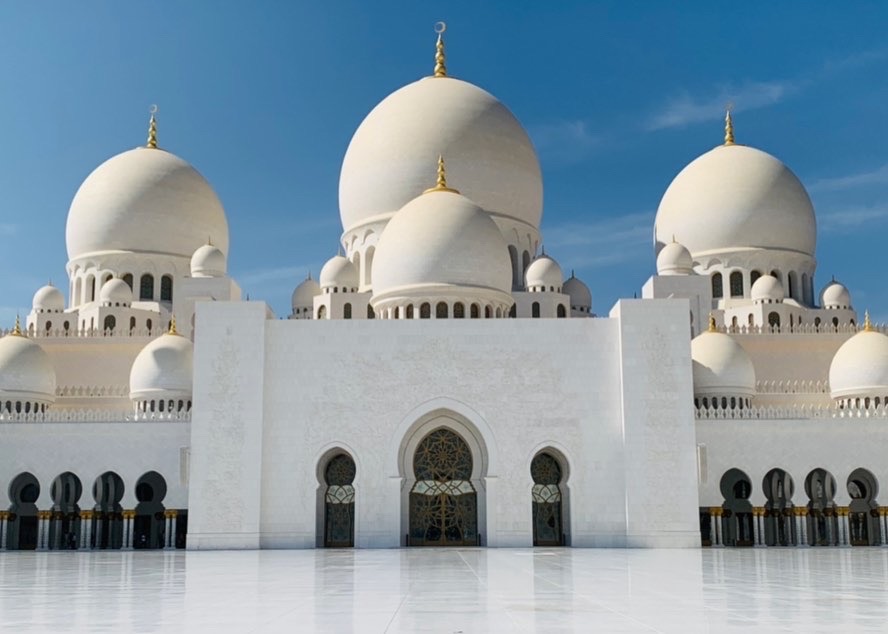
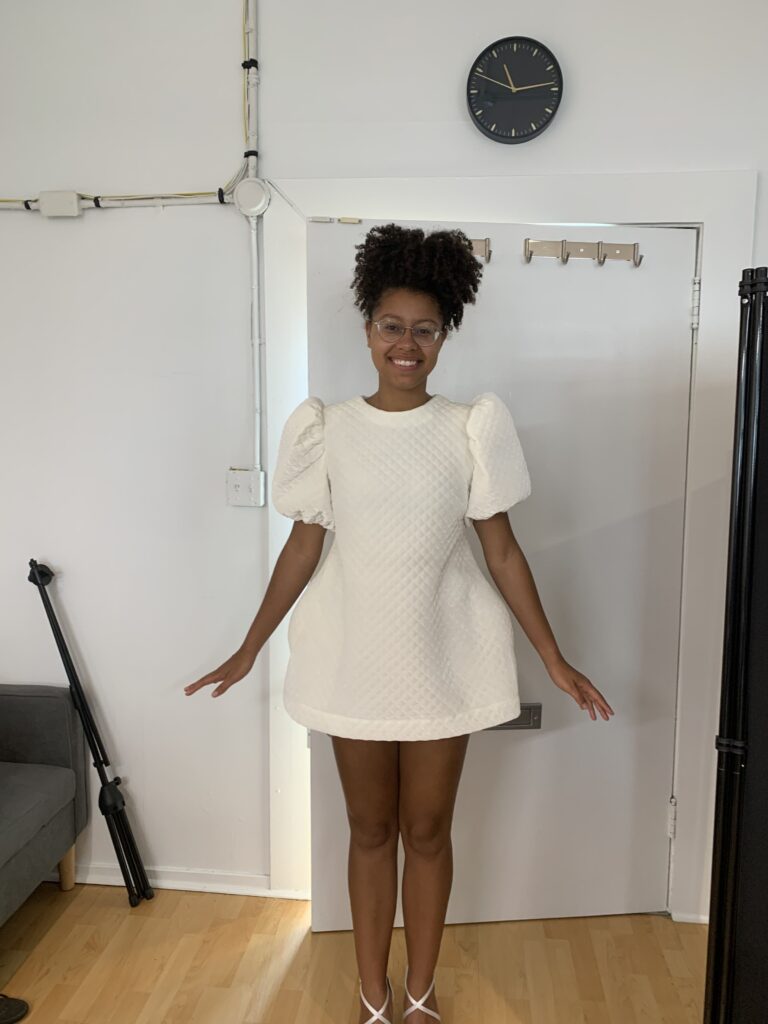
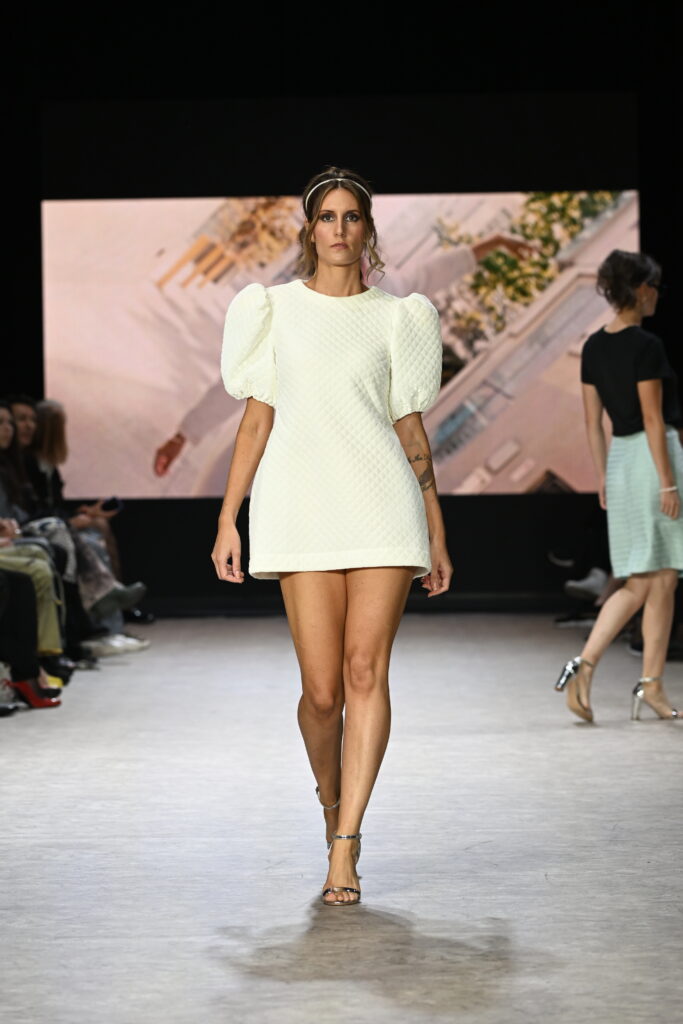
Slow but steady progress
I’m currently in the process of managing the production of my collection. This means planning the production, hiring the manufacturing and printing companies, and purchasing any necessary materials.
In short, there’s a lot to accomplish. I’m grateful for my partnership with my product developer and production partner, Rodika Goreea from Fashion Studio No.5. Not only is she experienced with every step of the production process, but she also has a wealth of knowledge about the industry as a whole.
Rodika oversees digitizing and grading patterns as well as cutting materials and constructing the garments. Once they’re constructed, the garments will be sewn with intention and precision.
The process is slightly different for my signature retro T-shirt design, inspired by the date palm trees in the Emirati desert. When the T-shirts are sewn, they’re taken to a different company to be screen printed. This ensures the best quality design every time.
I’ve been busy purchasing fabrics along with interfacing and interlining the materials. I’m also in charge of trims, notions, tags, hangtags, and all of the packaging materials.
When the garments are finished and ready to be ordered and delivered to our buyers, I’ll be in charge of packaging and shipping too. That’s in addition to marketing my brand and growing my slow fashion community through email marketing, blogging, social media, and beyond.
On days when it feels like my to-do list is never-ending, I remind myself of how blessed I am to pursue this lifelong dream. While it might take months—or even years—to create a sustainable fashion line, it’s a far better alternative to fast fashion.
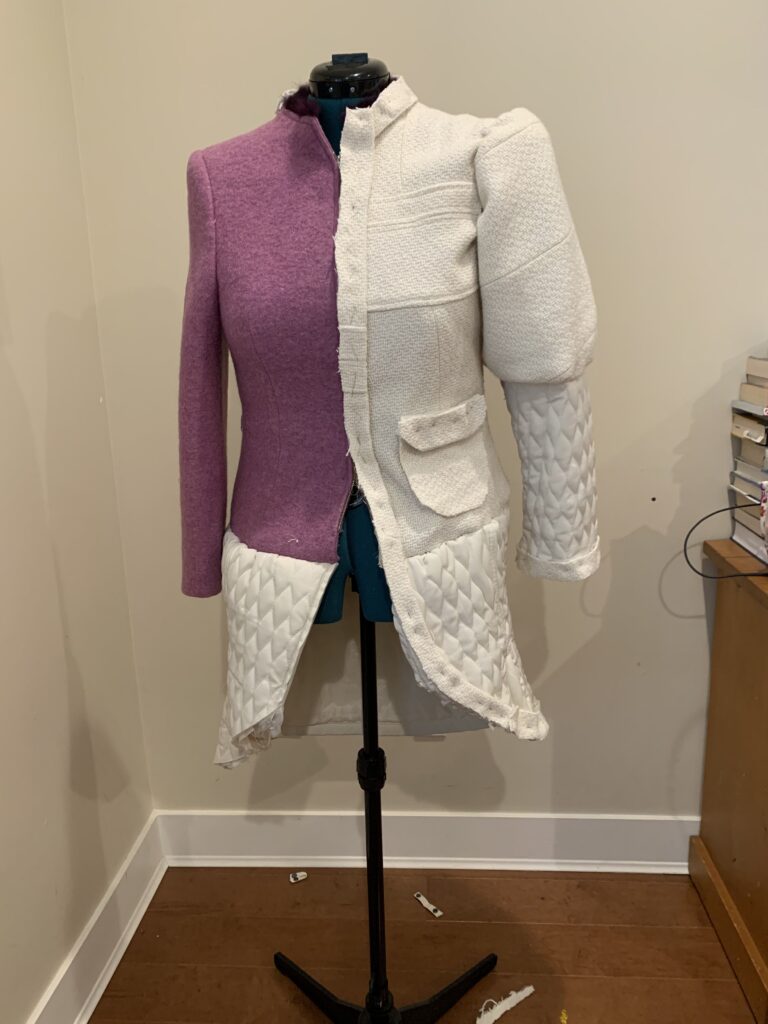
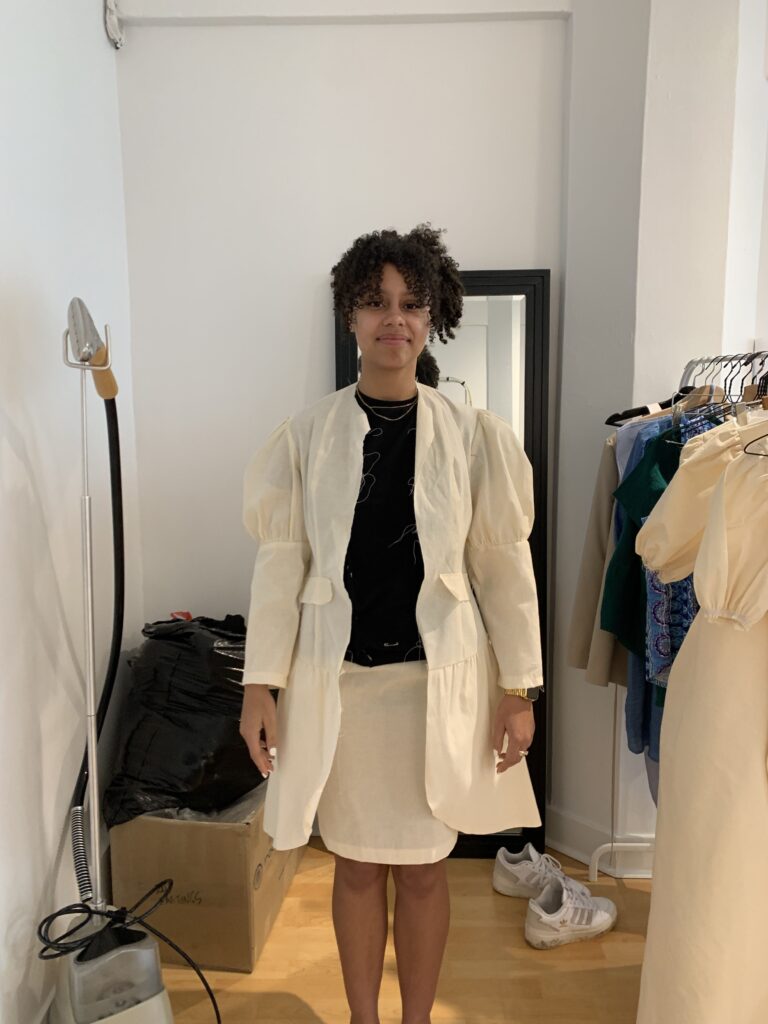
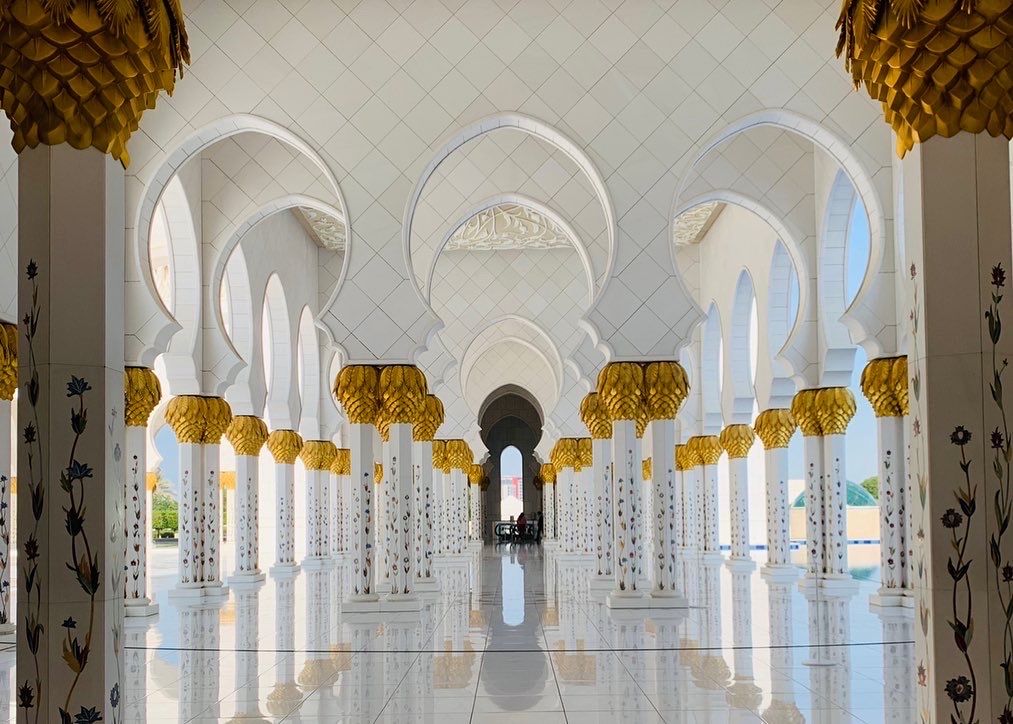
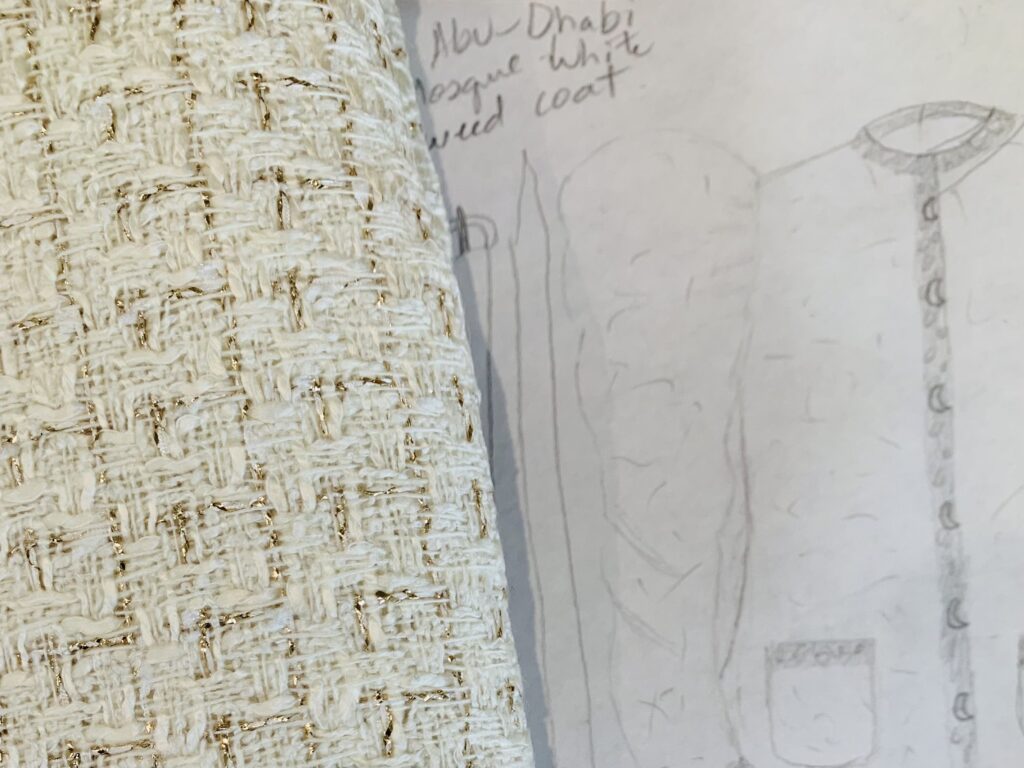
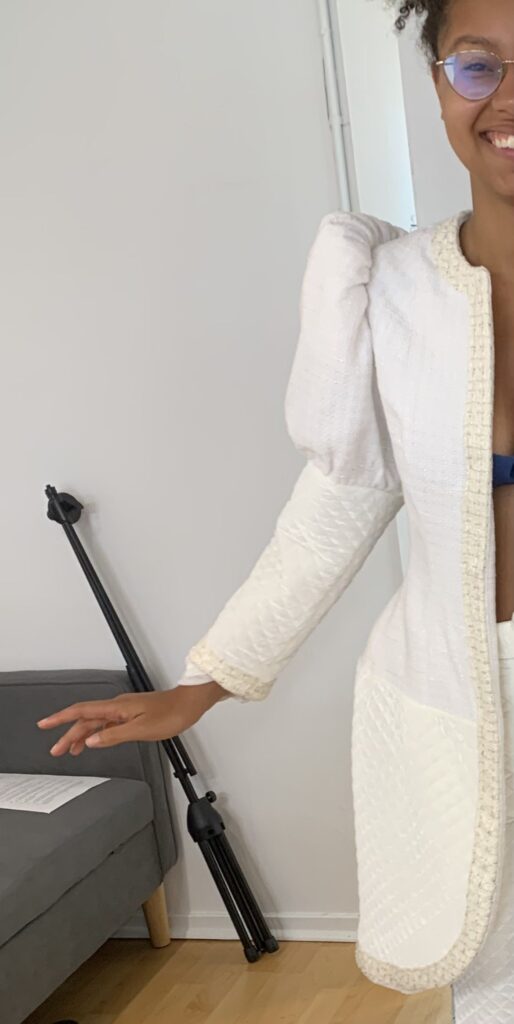
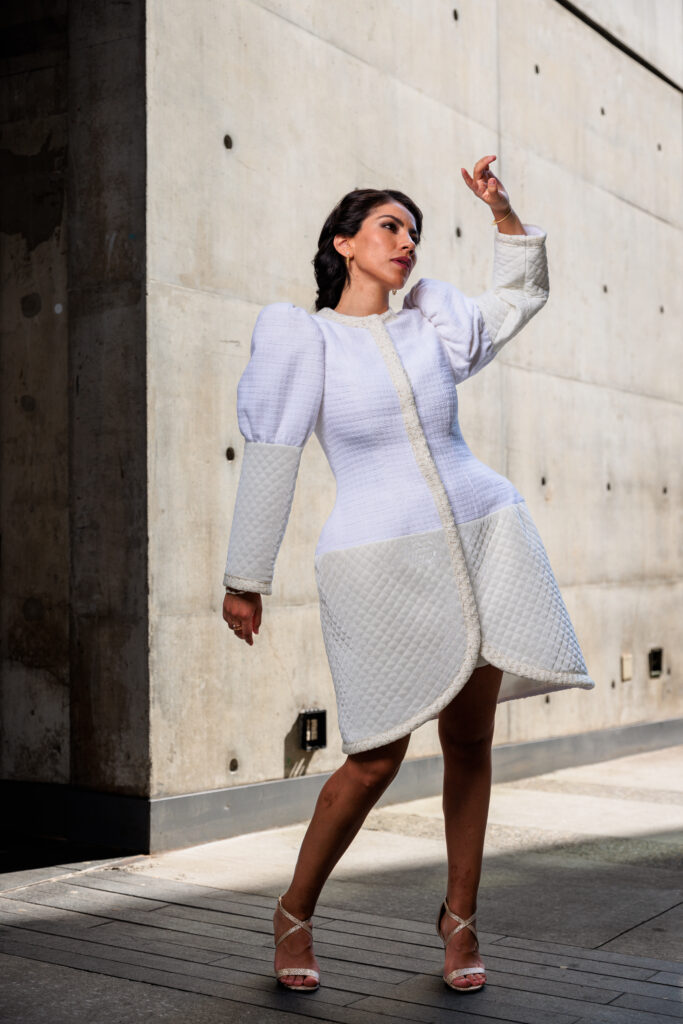
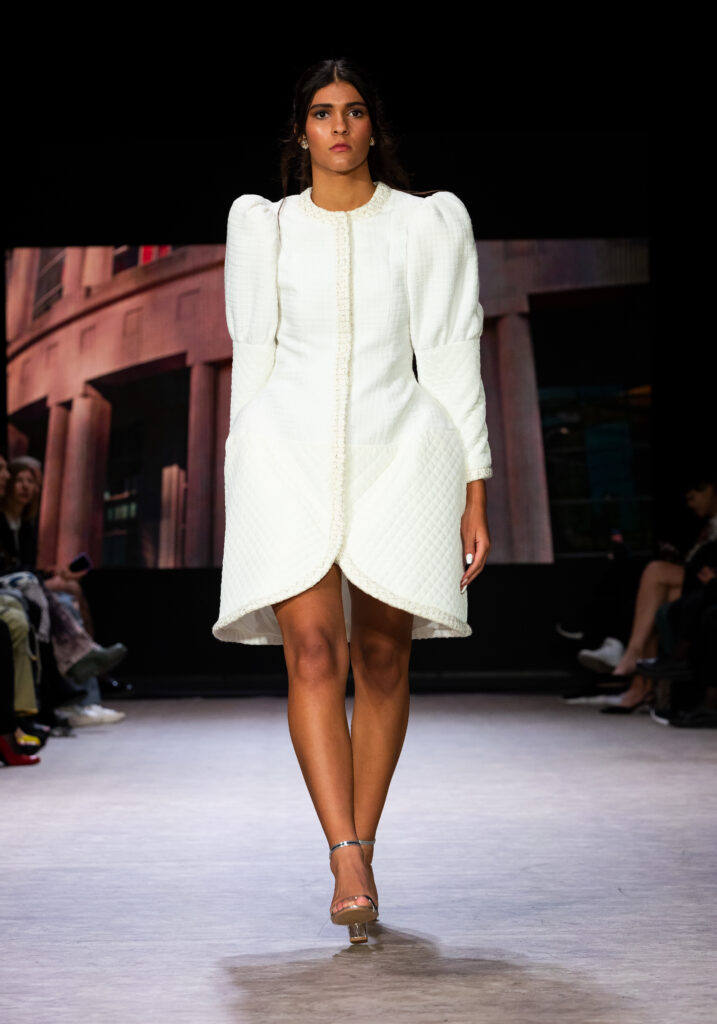
Why slow fashion is the future of fashion
If you’re new to the term “slow fashion,” you’re not alone. Fast fashion dominates the fashion industry today with giants like Zara, Forever 21, and H&M. There’s nothing slow about the way these brands churn out garments.
Of the 100 billion garments produced every year, 92 million tons end up in landfills. This equates to a garbage truckload full of clothes being thrown away every second.
This news is harrowing to most, but slow fashion is on the rise as more consumers make purchasing decisions based on their values.
Slow fashion typically advocates for sustainable clothing and apparel manufacturing practices. This means slow fashion designers prioritize the well-being of people, animals, and the environment when crafting and selling their garments.
I love the quote from Lucy Siegle: “Fast fashion is not free. Someone somewhere is paying the price.” It speaks to the need to be mindful of where our garments come from, how they’re made, and what effect they have on the world around us.
When I set out to create my collection, I knew I wouldn’t compromise on working conditions and environmental standards for the sake of a higher profit. I didn’t want to contribute to the detrimental effects of fast fashion. Instead, I set out to create a slow fashion collection that defied the status quo.
I believe slow fashion is the future, and the many benefits outweigh what fast fashion has to offer. Here are some of the reasons why slow fashion is worth investing in.
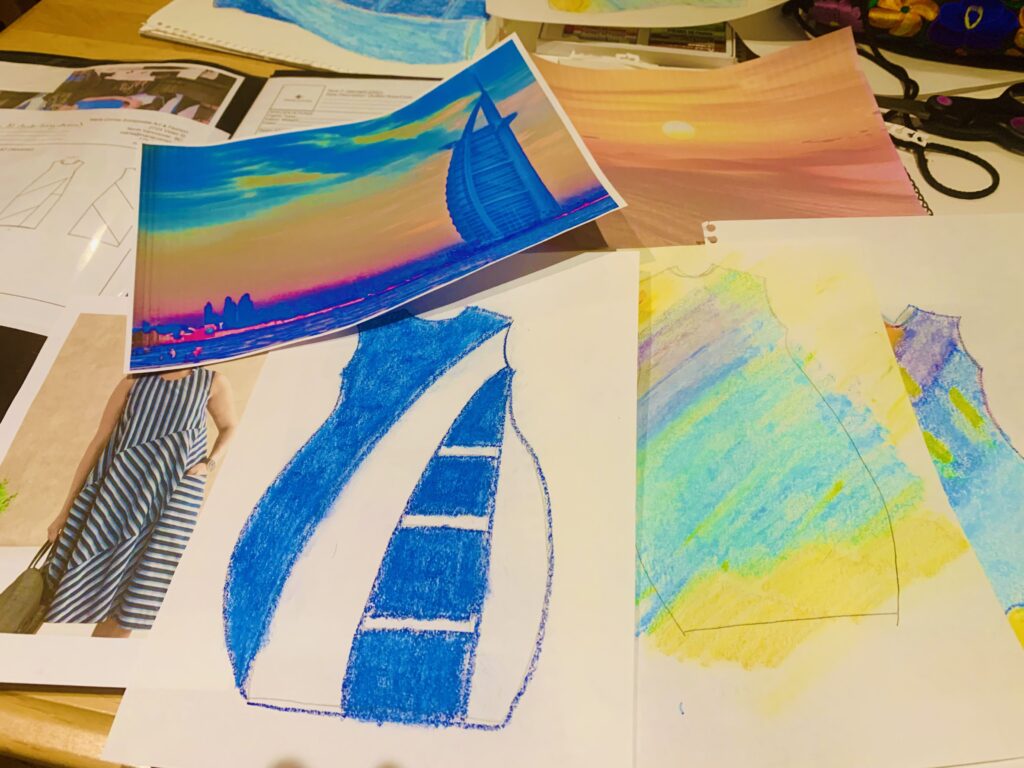
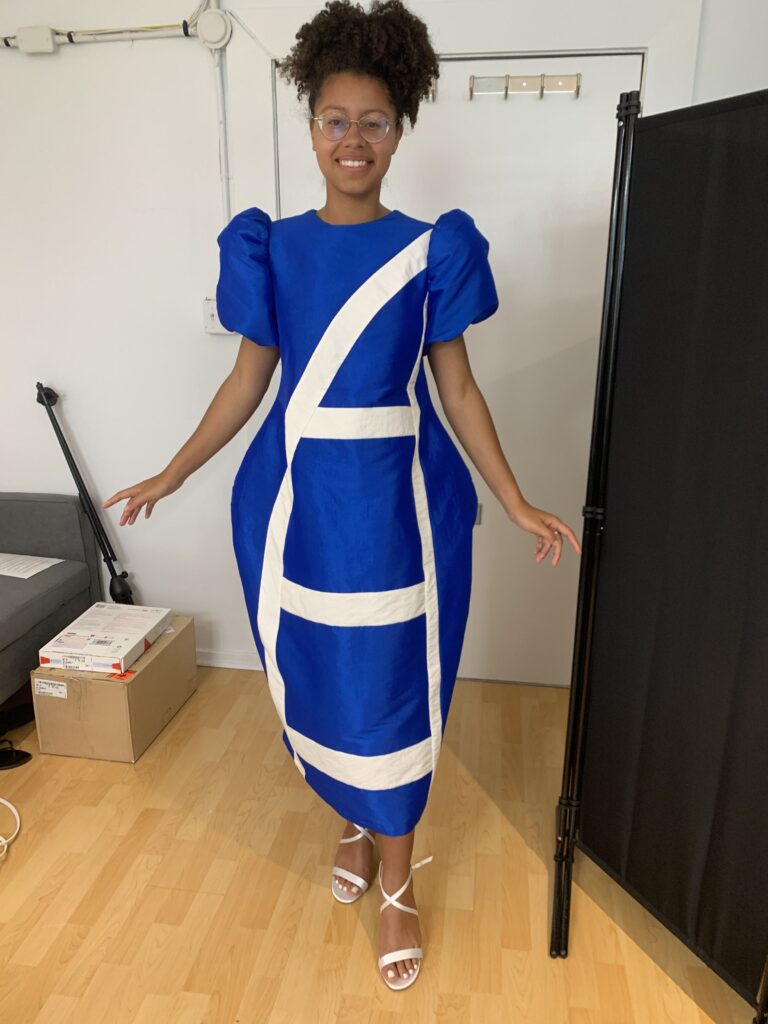
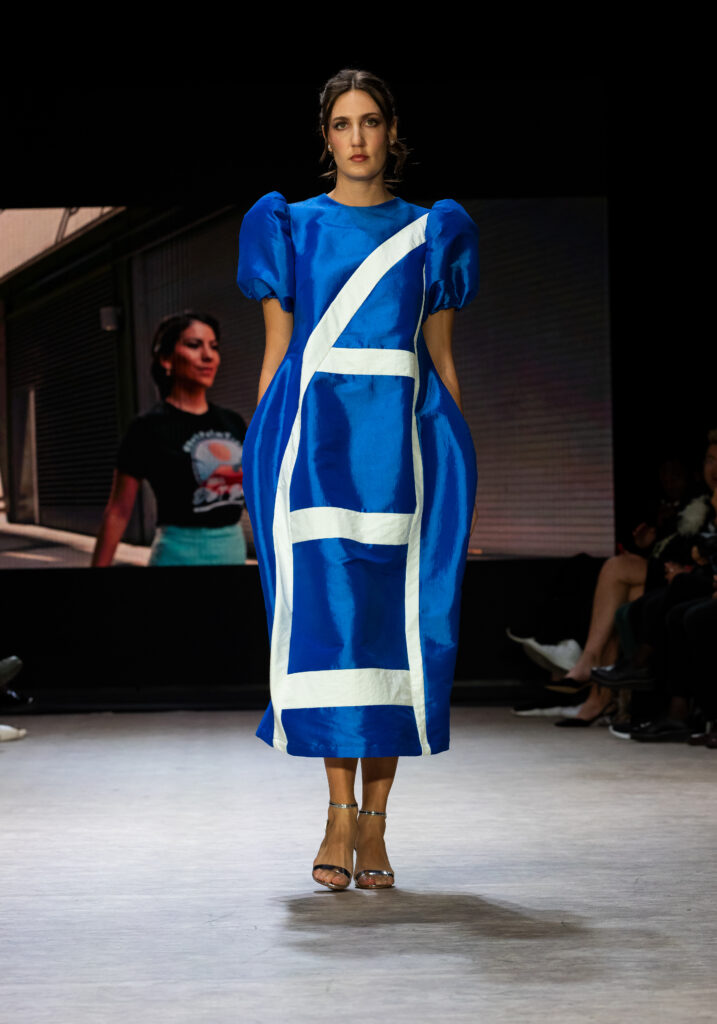
Protecting the environment
Did you know fast fashion is the second largest industrial polluter? It accounts for 10% of global pollution, ranking higher than emissions from air travel.
The industry contributes 1.2 billion tons of carbon dioxide per year. Without slow fashion, the cycle continues to repeat itself.
Think back to our discussion about how many clothes find their way to a landfill within a few months or years. What if more consumers could buy garments that were made without increasing greenhouse gas emissions? That’s what we’re seeing today as more slow fashion brands are getting closer to becoming carbon neutral.
In the face of climate change and vast environmental issues, fashion designers have a unique opportunity to create sustainable garments that protect the environment. While it may not seem like one person’s purchase will change the world, a collective of people making mindful clothing choices will.
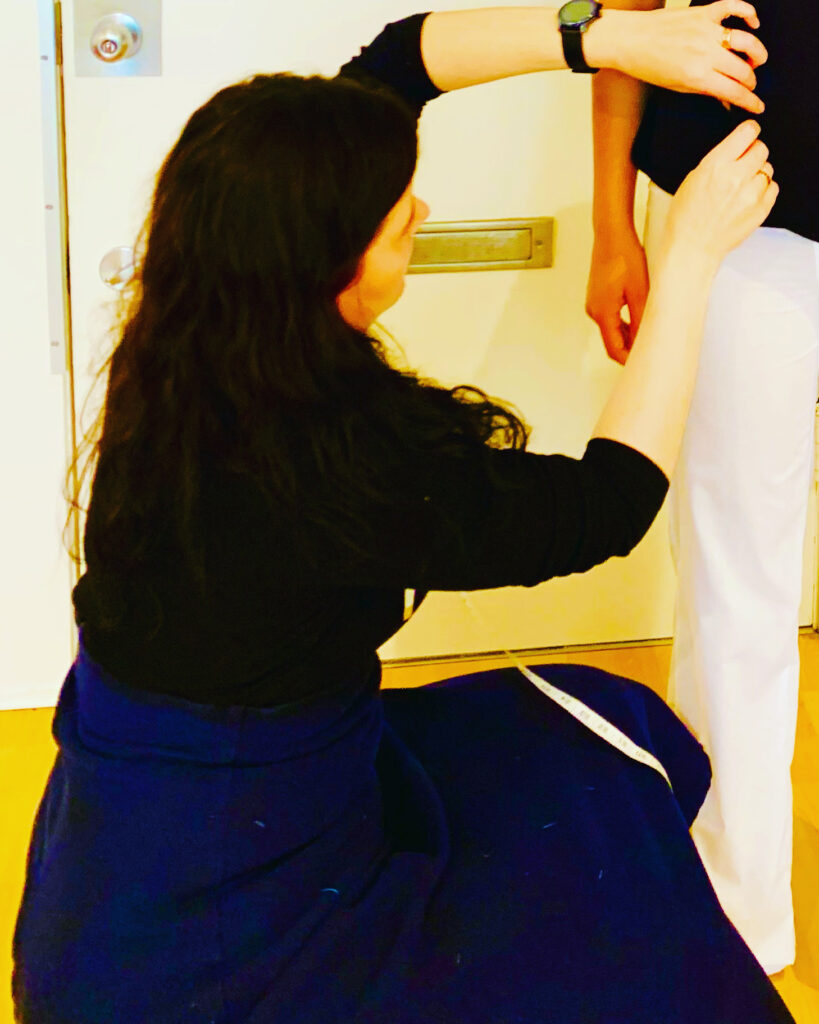
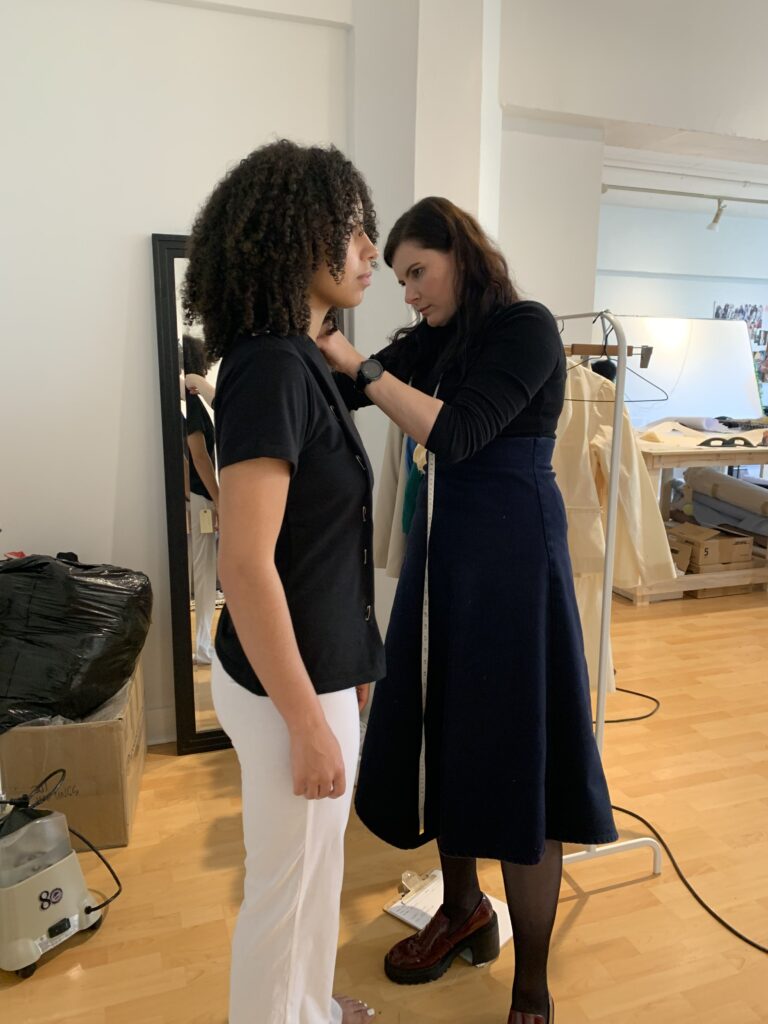
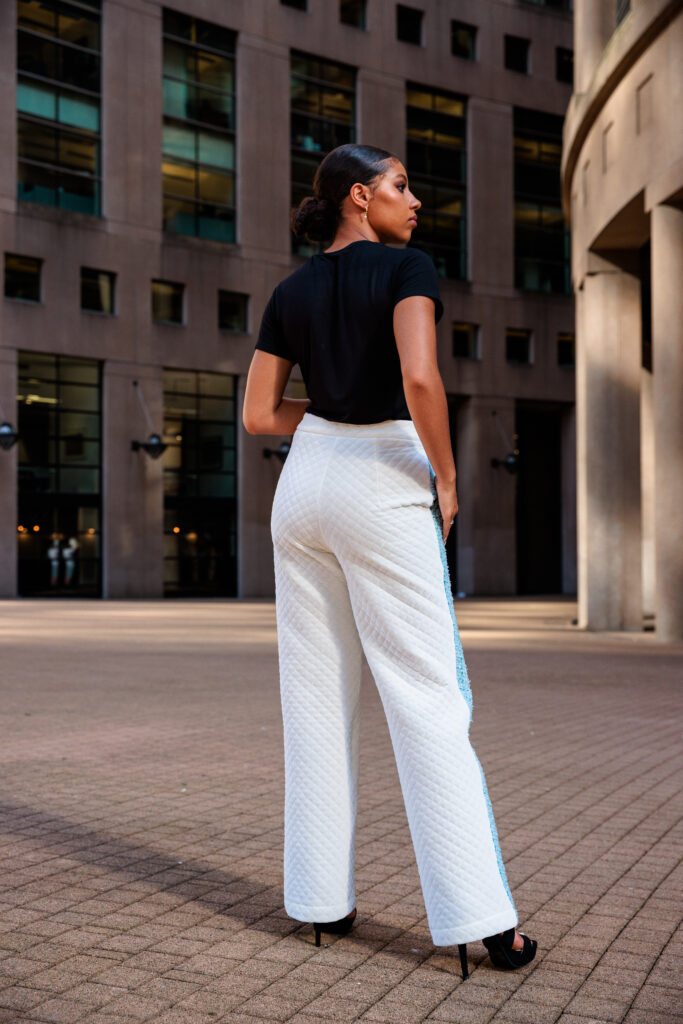

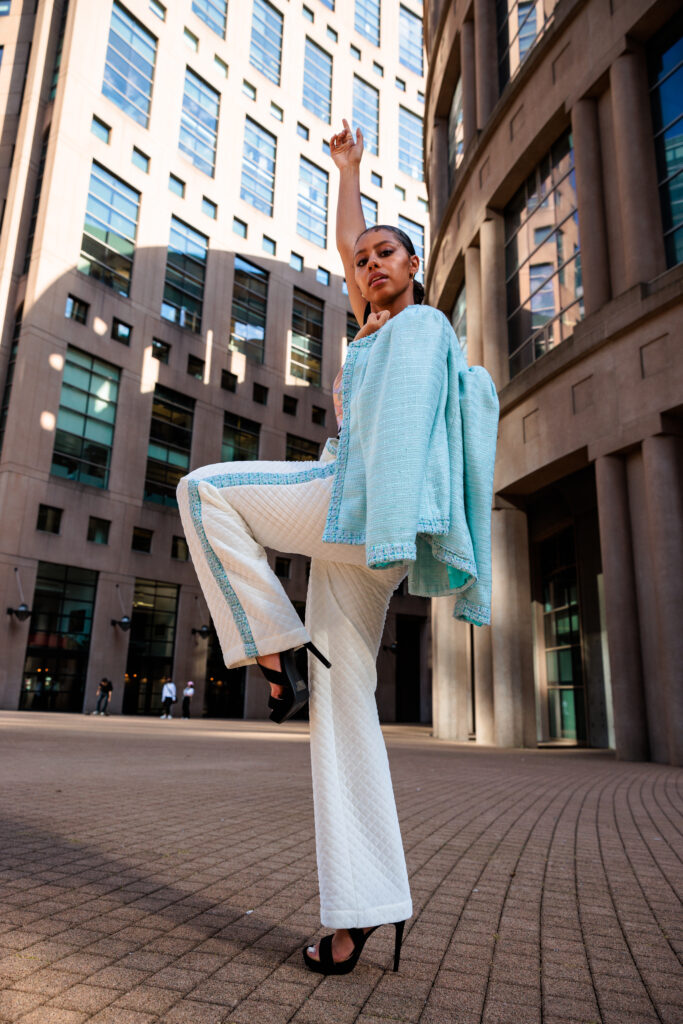
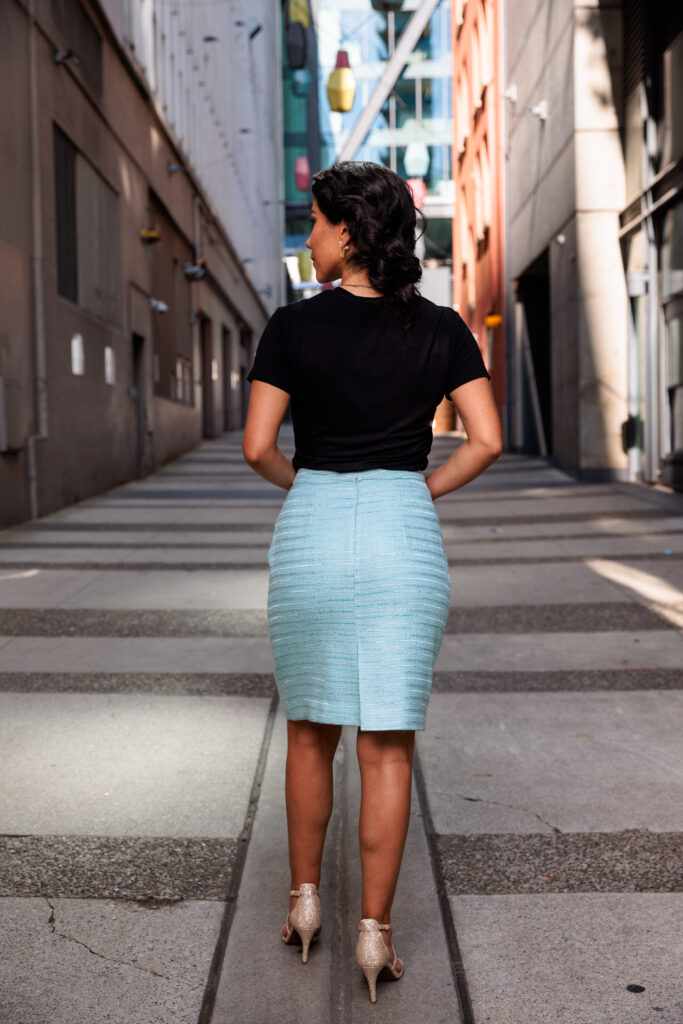
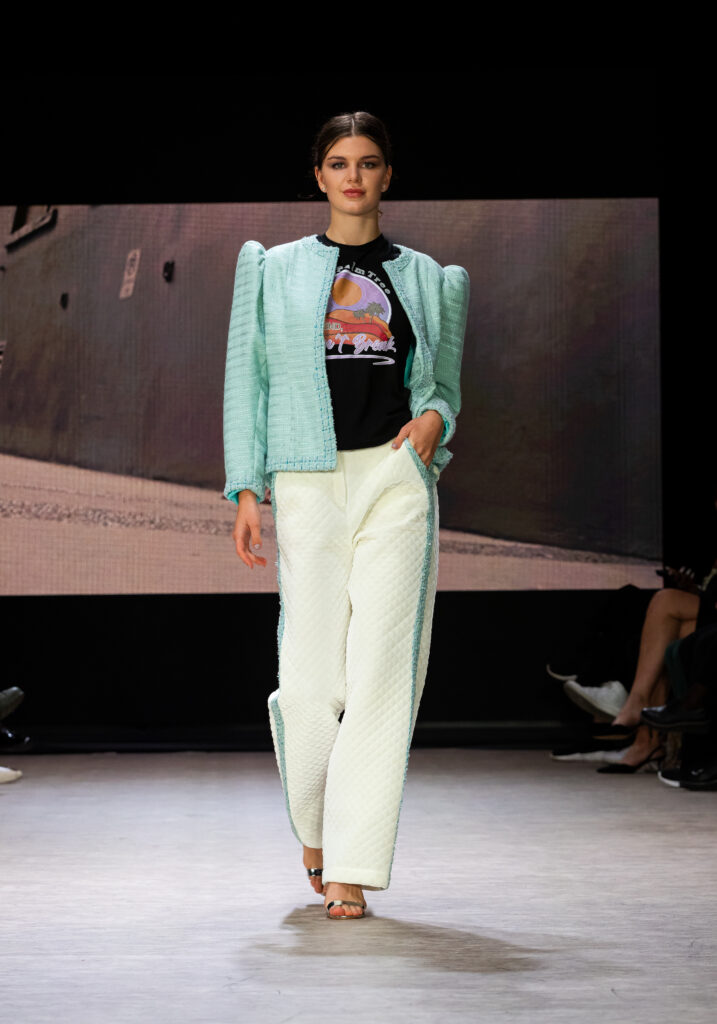
Fair wages
A living wage is the minimum amount required for workers to live, but many countries—like China, Bangladesh, Vietnam, and Indonesia—have legal minimum salaries that are well below a living wage.
While the UN recognizes a living wage as a human right, many garment workers still face exploitation due to cheap labor opportunities. Some factories employ children who are taken from school and forced to give up their education.
Slow fashion designers are working to decrease the harm of these all-too-common practices.
Some designers focus on bringing more of their manufacturing to their local area while others greatly increase wages for garment workers. This leads to more fair trade brands that are changing their business practices while advocating for change on a global level.
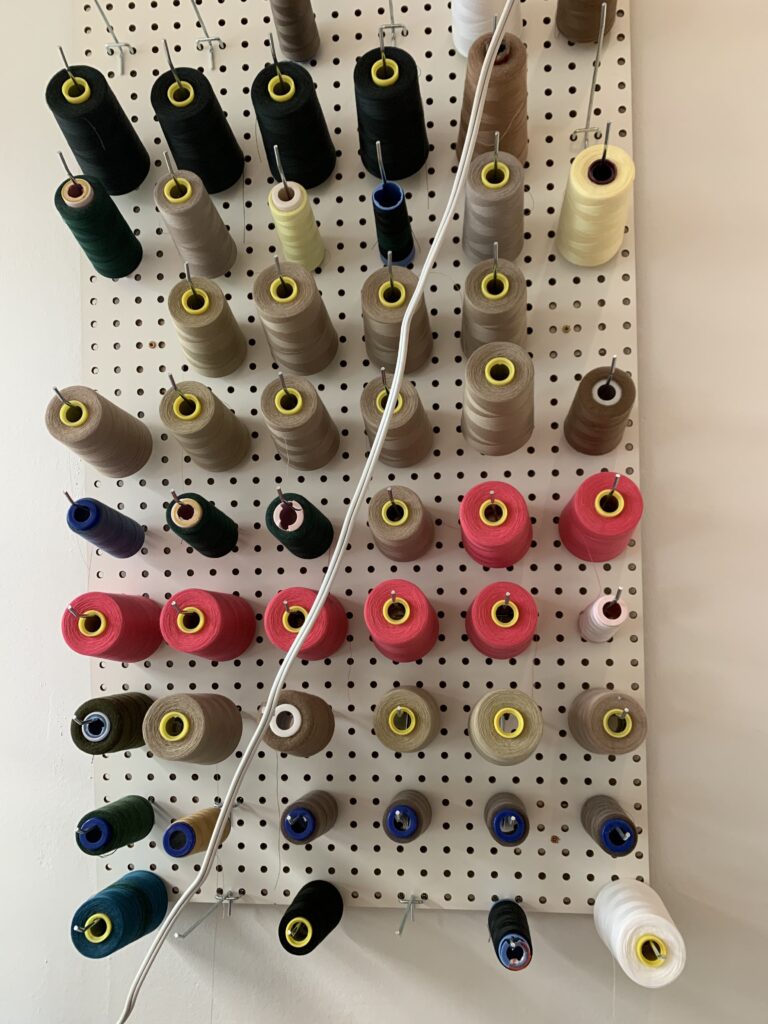
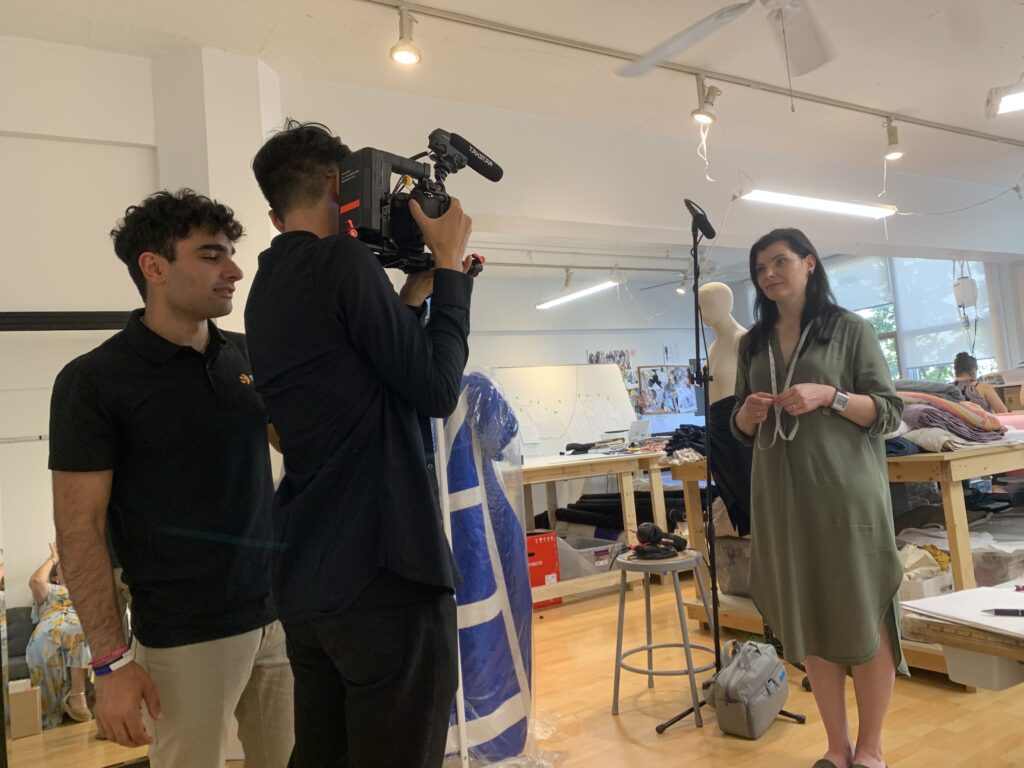
Better working conditions
Some garment workers are forced to work 14 to 16 hours a day, seven days a week. This leaves no room for a fulfilling life outside the factory.
Not only that but most garment workers say they don’t feel safe at work. They work in dangerous buildings that aren’t up to code and often come into contact with harmful chemicals. Comfortable room temperatures are nearly non-existent and some workers have been victims of physical violence.
In 2013, the deadliest garment factory disaster occurred at Rana Plaza, killing over 1,100 people and injuring another 2,500 people. Almost a decade later, we’re still seeing unsafe working conditions in factories all over the world.
By producing more garments locally, we have more control over the working conditions. Slow fashion brands also push for better working conditions on behalf of global garment workers, publicly advocating for their health and safety. This creates lasting change in the fashion industry, paving the way for a more hopeful future.
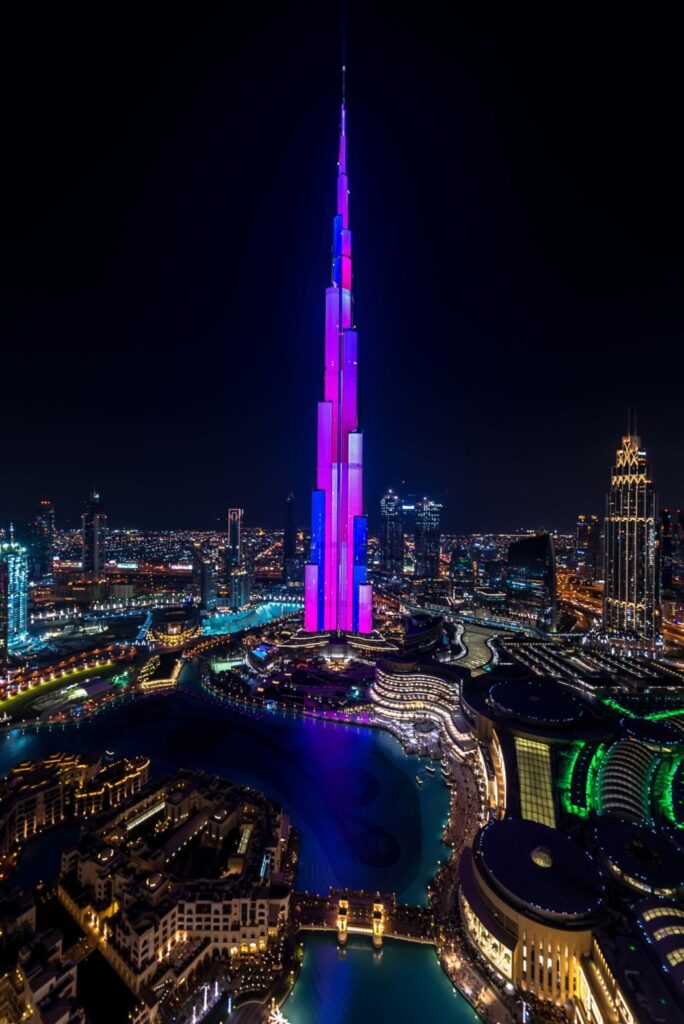
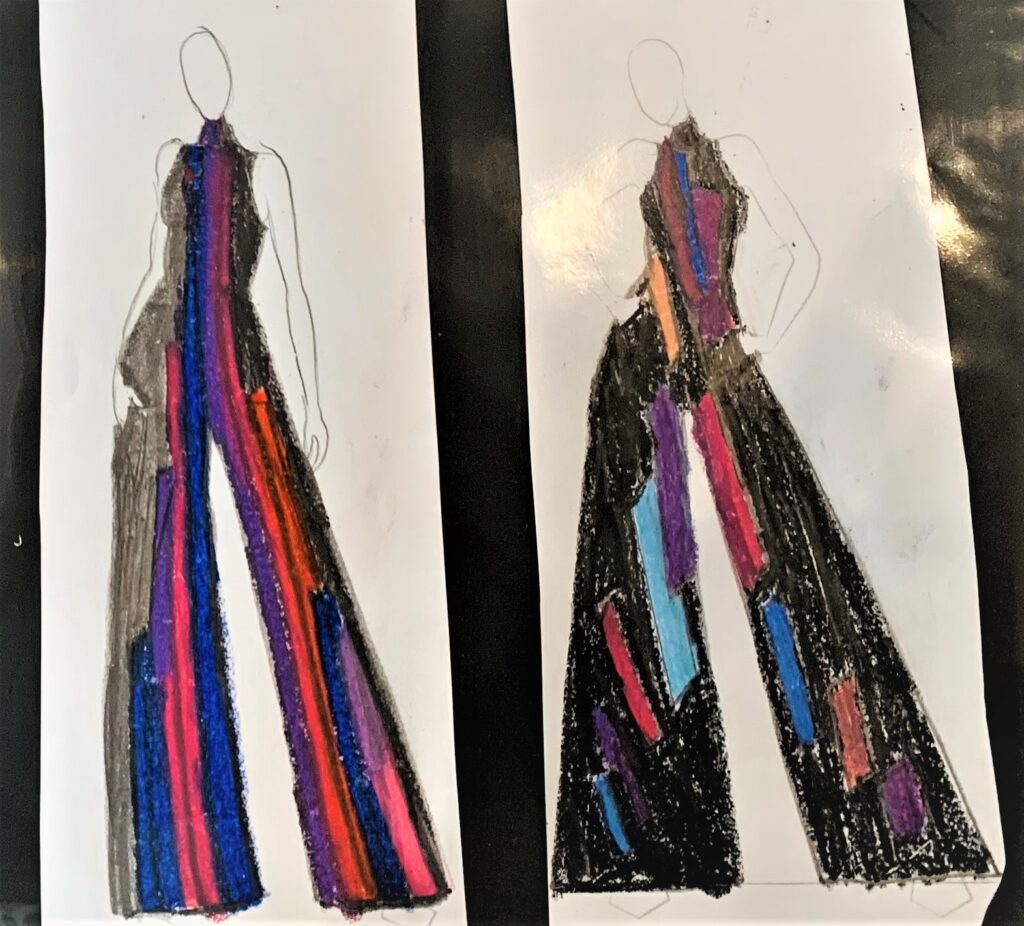
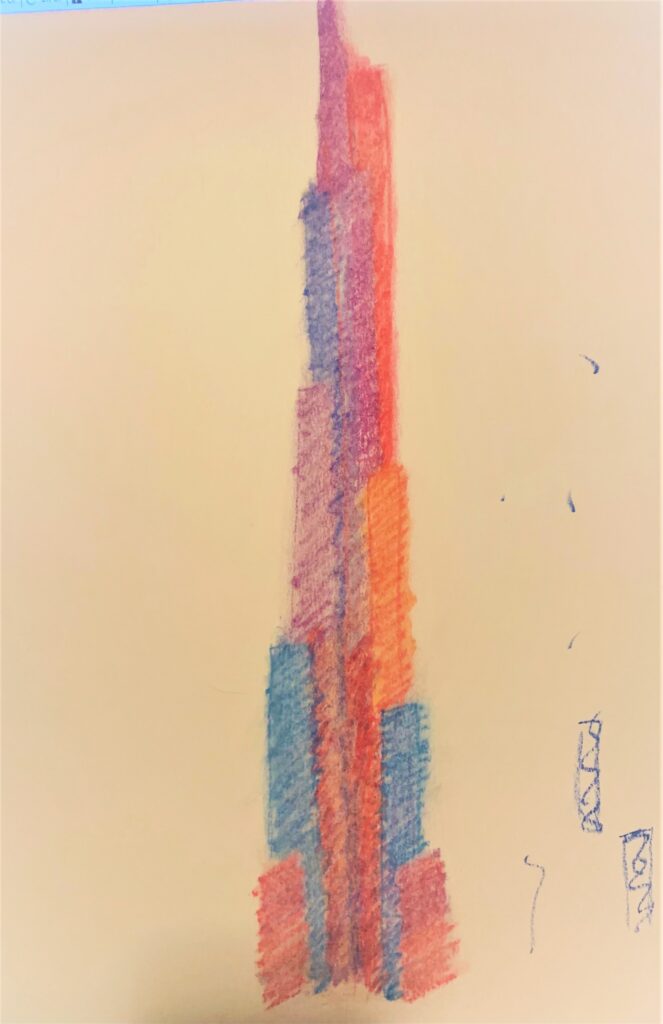

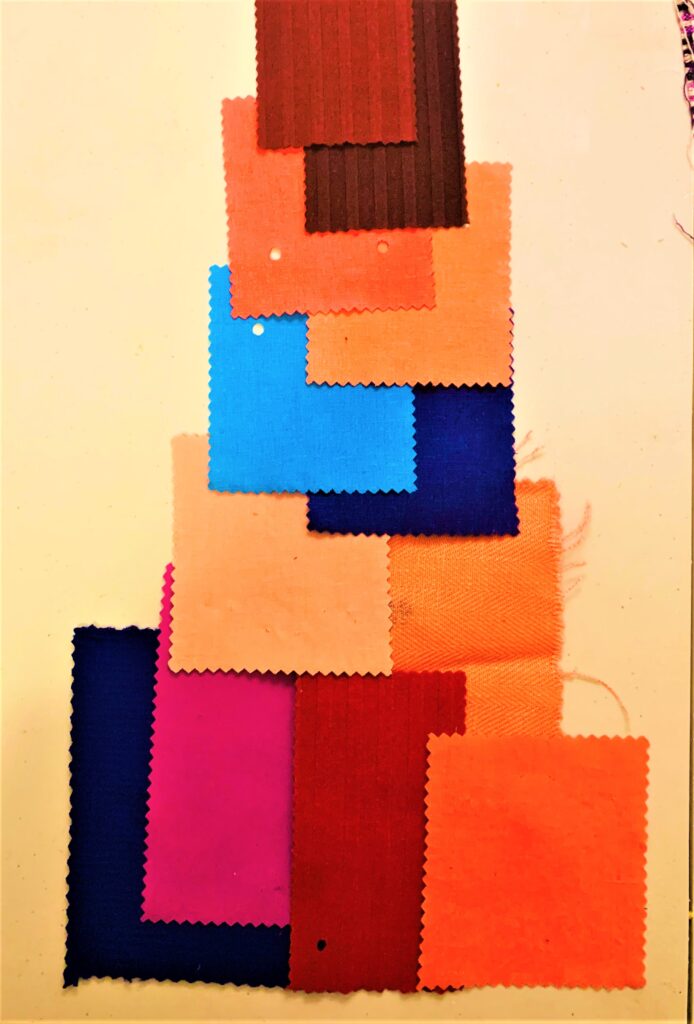
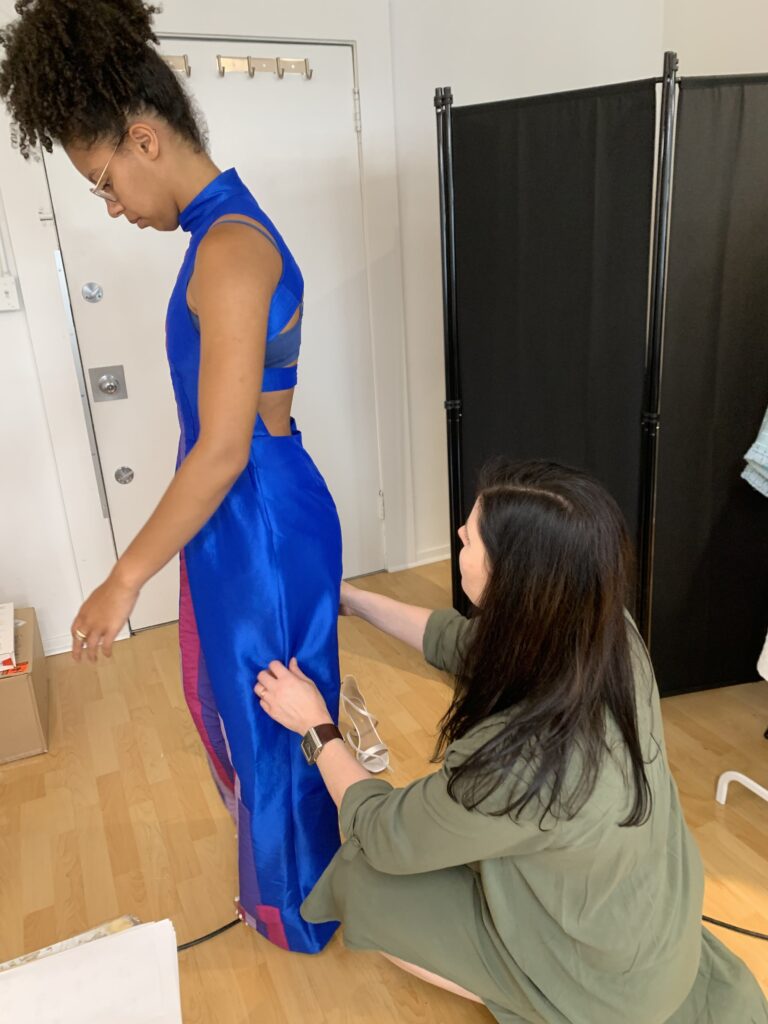
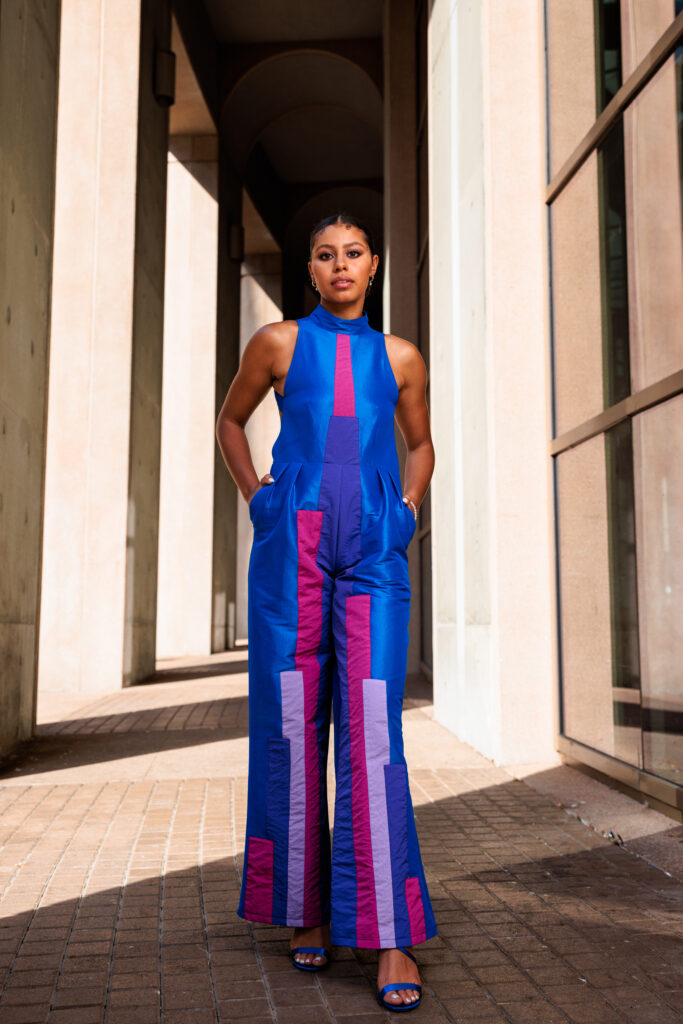
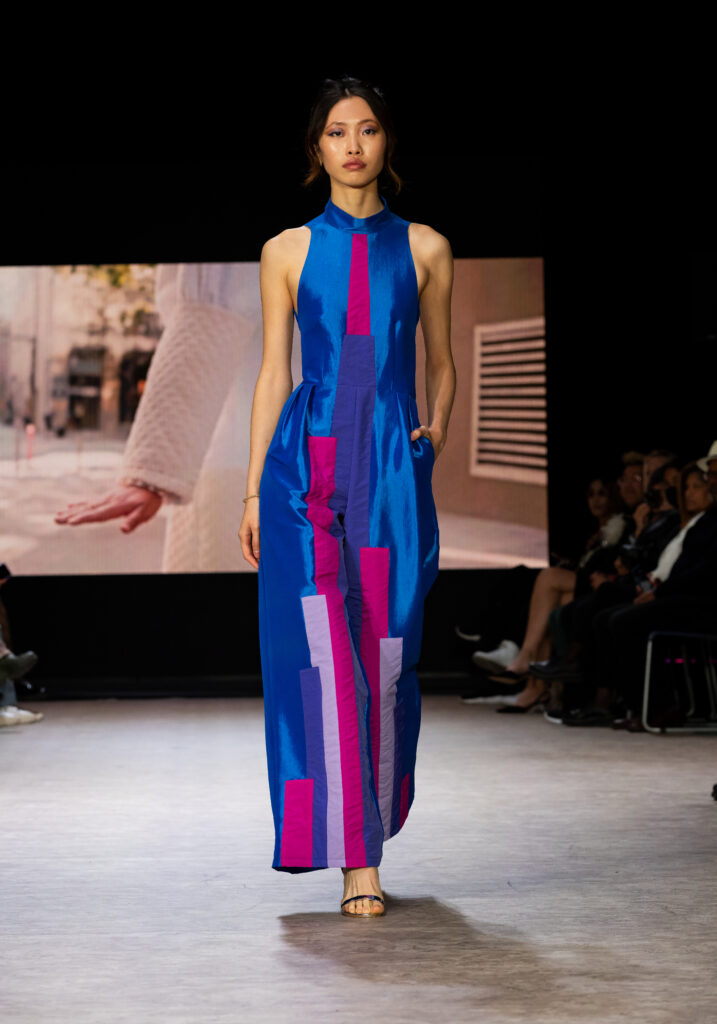
Sustainable garments
Natural fabrics like linen, organic cotton, silk, and hemp are great choices for sustainable fabric. While this isn’t an exhaustive list, sustainable and recycled fabrics are setting a new standard.
In addition to choosing sustainable fabrics, slow fashion designers must consistently improve their practices in order to reach sustainability goals. For example, if I’m manufacturing locally and prioritizing optimal working conditions, I should go the extra mile to find eco-friendly material too.
Slow fashion is a life-giving cycle of improvements in the standards for how garments are made and how garment workers are paid.
There are countless benefits to slow fashion, and when you choose to wear a Maria Correa design, you’re joining the slow fashion movement with us. The workers, the environment, and I thank you.
